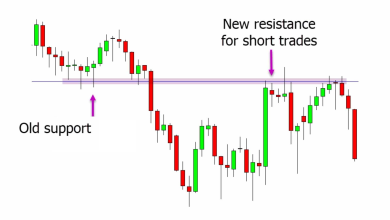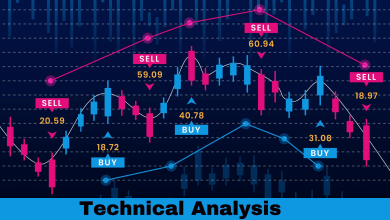Financial and Physical Capital Maintenance concept and their implications: A financial capital maintenance concept of capital means when the capital of an entity is regarded as its net assets. On the other hand, a physical capital maintenance concept of capital is where the capital of an entity is regarded as its production capacity. Capacity could be based on its units of output.
Under the financial capital maintenance concept, capital is synonymous with the net assets or equity of the entity. It is measured either in terms of the actual amount of dollars by subtracting the total of liabilities from assets, or in terms of the purchasing power of the dollar amount recorded as equity. Financial maintenance is fully different from Physical Capital maintenance concept if it is viewed from different corner.
Here, profit exists only after the entity has maintained its capital. Profit is measured as either the dollar value of equity at the beginning of the period, or the purchasing power of those dollars in the equity at the beginning of the period.
Under the physical capital maintenance concept, capital is seen not so much as the equity recorded by the entity but as the operating capability of the entity’s assets. Profit exists only after the entity has set aside enough capital to maintain the operating capability of its assets.
You can understand the difference between Financial And Physical Capital Maintenance as under:
In financial capital maintenance concept, the capital of a company is maintained whenever the financial or monetary amount of its net assets at the Closing of a financial period is equal to or greater than the financial or monetary amount of its net assets at the Opening of the period (excluding any distributions to, or contributions from, the owners).
In physical capital maintenance concept, the capital is only maintained whenever the physical productive or operating capacity, or the funds or resources required to achieve this capacity at the Closing, is equal to or greater than the physical productive capacity at the Opening of the period, after excluding any distributions to, or contributions from, owners during the financial period.




